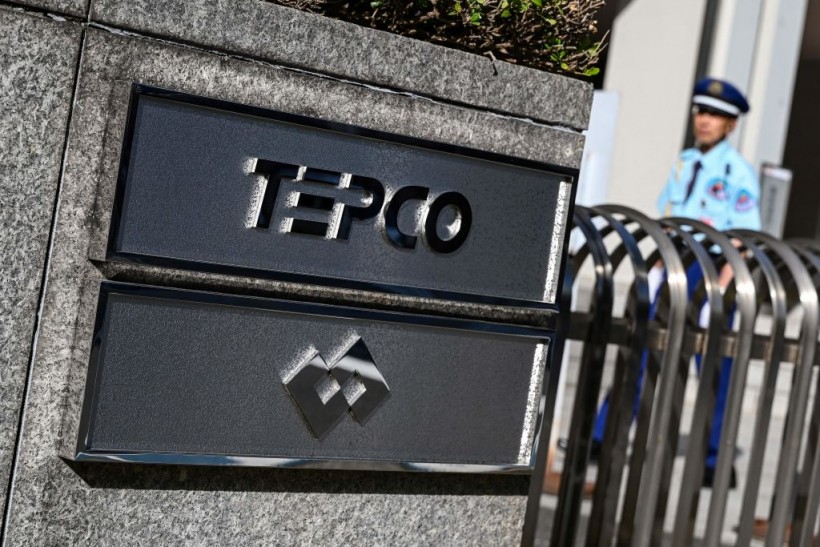On Monday, March 18, Tokyo Electric Power Company (TEPCO), the operator of Japan's crippled Fukushima nuclear plant, unveiled fresh images of the damaged reactor. Captured by miniature drones, these photos revealed displaced control equipment, underscoring the formidable challenges in decommissioning the facility.

(Photo : RICHARD A. BROOKS/AFP via Getty Images)
Drone Footage Reveals Challenges of Nuclear Power Plant Decommissioning
TEPCO has released a series of 12 photographs taken within the Fukushima plant, showcasing the first-ever images captured from the primary structural support known as the pedestal beneath the reactor's core. For years, officials had sought access to this area to assess the damage caused by the 2011 earthquake and tsunami, particularly the condition of the core and the melted nuclear fuel.
The photographs, taken by miniature drones, offer a glimpse into the challenges of decommissioning the plant, revealing displaced control equipment and other debris within the pedestal.
The high-definition color images depict various brown objects suspended from different locations within the pedestal, raising questions about whether they are remnants of melted fuel or damaged equipment. TEPCO officials noted the absence of dosimeters on the drones to measure radiation levels due to weight constraints, highlighting the limitations in assessing the severity of the damage.
Despite this, TEPCO remains committed to gathering additional data to better understand the location and condition of the remaining highly radioactive melted nuclear fuel, a crucial step in the decommissioning process.
One significant obstacle encountered during the drone inspection was the inability of the cameras to penetrate the darkness at the bottom of the reactor core within the containment vessel. This limitation underscores the complexities involved in assessing the full extent of the damage and planning for the cleanup efforts.
Critics argue that the ambitious 30-40-year timeline set by the government and TEPCO for the plant's cleanup may be overly optimistic, given the substantial challenges and uncertainties that remain unresolved.
The daunting task of decommissioning the Fukushima plant has already faced significant delays due to technical hurdles and the lack of comprehensive data about the condition of the reactors.
As TEPCO continues its efforts to gather information and address the remaining uncertainties, the future of the cleanup remains uncertain, with critics raising concerns about the feasibility of achieving the government's timeline for completing the decommissioning process.
READ ALSO: Japan's Fukushima Wastewater Will Slowly Be Released to the Pacific Ocean Over the Next Decades
Fukushima's Decade: Recovery Challenges and Ongoing Efforts
The March 11, 2011, magnitude 9.0 earthquake in Japan triggered a devastating tsunami, causing meltdowns at the Fukushima Daiichi nuclear plant. Hydrogen explosions ensued, releasing radiation, and efforts to cool the plant's nuclear fuel were frantic. Concerns over the meltdowns' extent and radiation spread sparked panic, with fears extending to Tokyo and the U.S. West Coast.
The disaster claimed over 18,000 lives, displaced nearly half a million, and leftover 40,000 unable to return home, highlighting ongoing challenges and the need for holistic recovery efforts in Japan.
Findings from the recent study could advance future investigations into technologies and robots designed for removing melted debris. However, there are still significant unknowns regarding the interior of the reactor.
Approximately 880 tons of highly radioactive melted nuclear fuel remain within the three damaged reactors, prompting TEPCO to intensify efforts to understand its location and condition to facilitate its removal for decommissioning.
Critics argue that the 30-40-year cleanup target set by the government and TEPCO is overly optimistic, given the varying degrees of damage in each reactor, necessitating adaptable plans.
In February, Tokyo Electric Power Company Holdings commenced the fourth round of releasing the plant's treated and diluted radioactive wastewater into the sea.
RELATED ARTICLE: Fukushima Nuclear Power Plant: Is There Still Bright Future For Japan After Disaster
Check out more news and information on Nuclear Power in Science Times.














